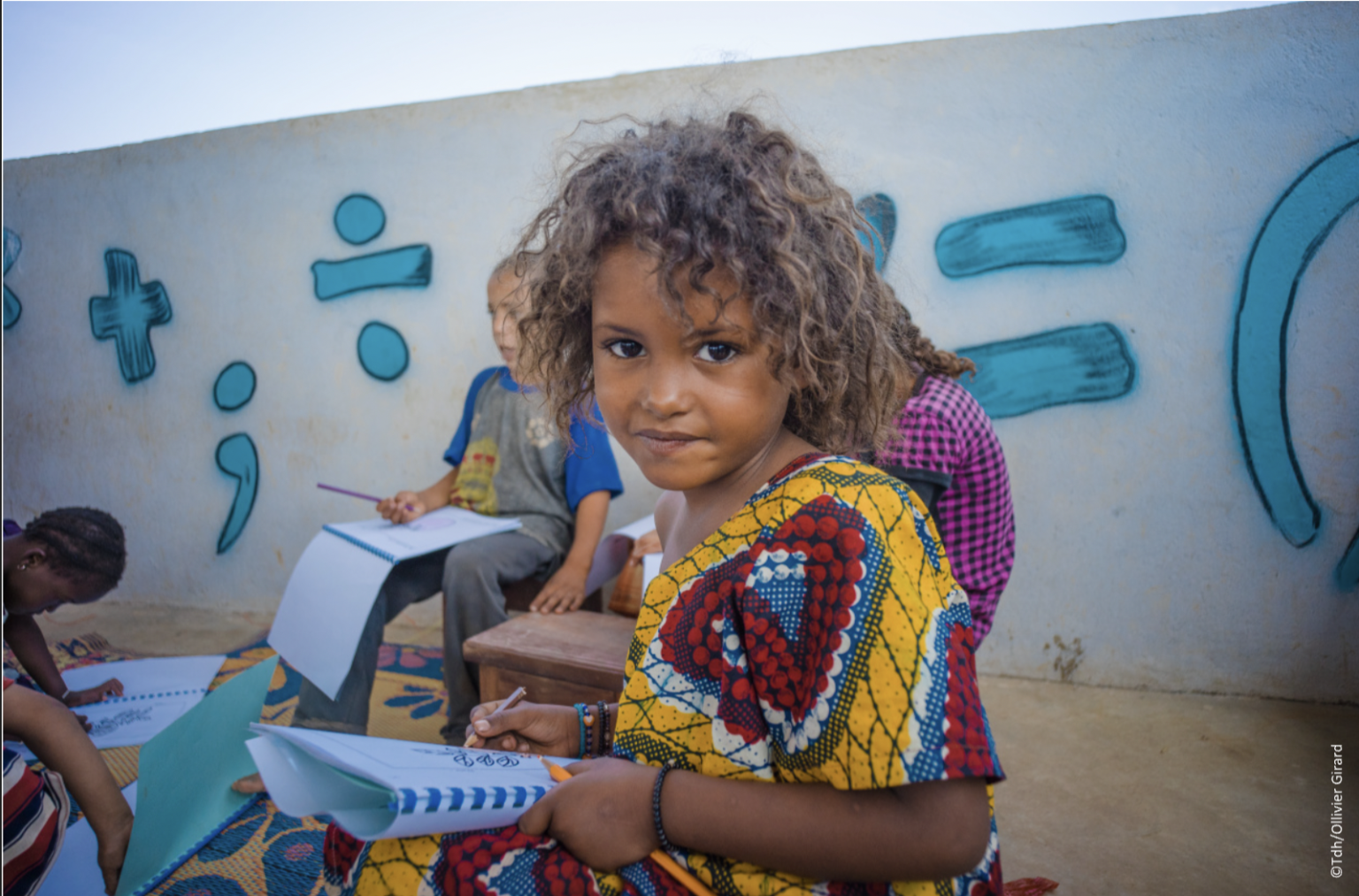This hybrid Roundtable was organised by the Initiative for Child rights in the Global Compacts (the Initiative) together with members. The Initiative is a multi-stakeholder partnership that unites over 30 UN, civil society and philanthropic organisations around a shared agenda: ensure that children’s rights are at the heart of the two global compacts on migration and on refugees and to put into practice a continuum of care, protection and support for all migrant and refugee children.
The Initiative was actively engaged in the process which led to the drafting and finalisation of the text of the Global Compact on Refugees (GCR).This Roundtable was organised by the Initiative for Child Rights in the Global Compacts. It was supported by a number of Initiative members. It was hosted by UNHCR, also a member of the Initiative. It was co-facilitated by Daniela Reale (Global Lead on Children on the Move with Save the Children) and Caroline Horne (Head of Campaign with Terre des Hommes), Co-Chairs of the Initiative for Child Rights in the Global Compacts. Speakers included Initiative members, Plan International, UNHCR, UNICEF, INNE, the Migration Youth and Children Platform of the Major Group on Children and Youth.
MYCP Statement
Delivered by Erika Mesa
The Migration Youth & Children Platform is the migration constituency for the Major Group for Children and Youth, and the largest youth-led and run organisation working to facilitate meaningful participation and build the capacity of young people to represent themselves and their communities in international migration governance. Our primary mandate within the Compacts is actually to the Global Compact for Migration, but we are happy to be working together with the youth constituencies in the Refugee space, as well as with the Alliance, to share our learnings and expertise from the International Migration Review Forum, to encourage meaningful representation and participation of youth and children in international governance.
Why is ensuring a protective environment key for children?
- Children face more barriers and challenges to meaningful participation than older youth, and many more in comparison to adult stakeholder participants. These barriers include:
- Being unfamiliar with the international advocacy space and environment, which is often intimidating and overwhelming to regular newcomers
- Lacking relatable, children / youth-tailored and comprehensive capacity building to understand: their role, the environment / space and its purpose, and to understand how to protect themselves
- Being vulnerable to tokenisation and other forms of exploitation, particularly as these spaces are not normally monitored by people with child-sensitive training. These potential vulnerabilities are even more pressing when children participating are from vulnerable backgrounds, such as being displaced and from low income families.
- In the past, we have also heard from within our constituency worrying accounts of inappropriate behaviour and abuse at UN and international level meetings and, whilst this is simply unacceptable, it is impossible to prevent without specific child protection measures
- Child refugees in particular are excluded from the conversation as they are perceived as not ‘old enough’ to share their stories and experiences, but these are the ones that are most useful in understanding the experiences of young refugees – particularly when it comes to child rights, and development under the UNCRC – notably through education. Consultation with refugee children is a must if you want a full perspective of refugees under 30.
- However, this will only be effective and in the best interests of the child if consultation and platforming of their voices is done in a way which prioritizes the self-determination and choices of the child (e.g. letting them decide what they are comfortable sharing without influence from a figure of power), their protection (e.g. if they need anonymity), and non-tokenisation (i.e. emphasising and prioritising childrens’ agency and positions as experts on their own experiences and needs, not just as ‘sad stories’ to be used just for ‘inspiration’)
- Thus, measures such as providing capacity building in advance of participation, specific accessibility and protective measures, and self-selected, trusted chaperones, are crucial to ensuring children can participate to their full potential.
What are the key priorities on meaningful participation in the joint pledge?
Within the pledge, the key priorities on meaningful participation can be summarised in the following recommendations:
- Organisations and governments must create accessible, inclusive, child-friendly and safe spaces and processes to support children and young people to meaningfully participate in the design, implementation, and review of refugee responses.
- All stakeholders need to recognise children and young people as partners in decision-making, and acknowledge their vital role in co-shaping and leading solutions to the continued and future mobility issues.
- All stakeholders, particularly organisers, must ensure the meaningful participation of children and young people in the lead-up to,during the GRF, and in our GCR follow up and review processes. This can only be done if stakeholders commit to ensure clear timeframes and adequate financial commitments and resources to this purpose.
- All stakeholders must understand that all youth, especially those from vulnerable backgrounds, need to be involved in the conversation around child protection when it comes to the environment
What are some pledge examples?
For pledges to be effective, it is crucial that they are co-created and co-drafted with youth and children. Some examples that are pulled from the draft pledge are:
We will create safe spaces to support children and young people in participating meaningfully in the design, implementation, and review of refugee responses. We commit to working for and with children to ensure their voices are heard and their perspectives are taken into account in all aspects of refugee responses.
We pledge to ensure the meaningful participation of children and young people in the lead-up to and during the GRF, with clear timeframes and increased financial commitments and resources. This includes dedicated trained and vetted resources to ensure the protection and safeguarding of all child participants.
Thank you.


